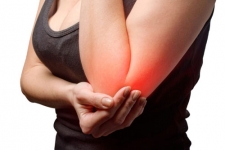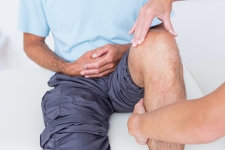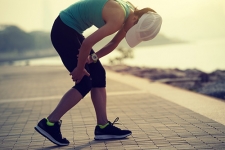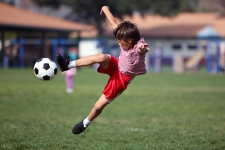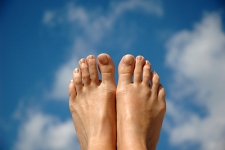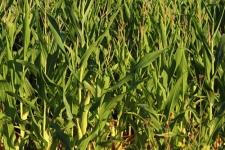Common Elbow Injuries
Tennis elbow, aka lateral epicondylitis, affects the tendon that runs along the outside of the elbow and is caused by playing racquet sports or working in a variety of professions that involve repetitive arm movements. Symptoms include pain or burning along the outside of the elbow, as well as problems with gripping items. This particular ailment tends to improve with rest, physical therapy, or the use of a brace.

